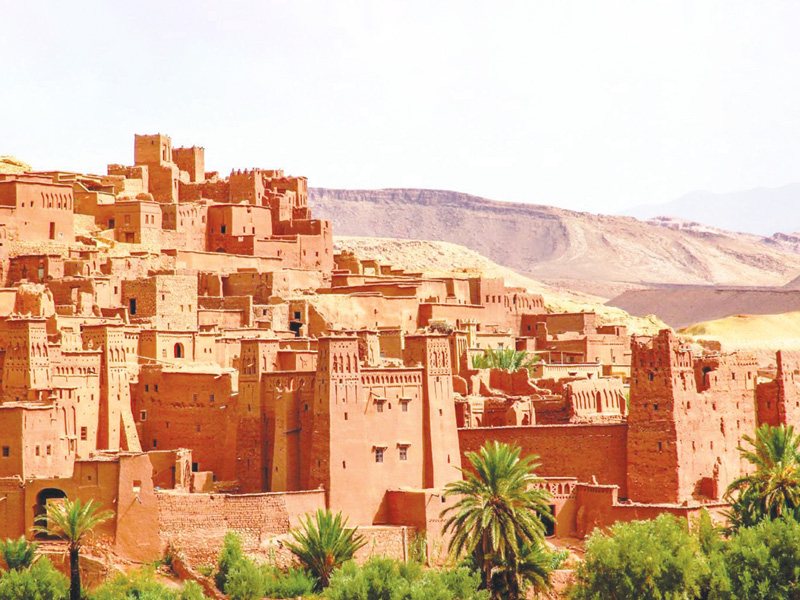Oasis Architecture in Southern Morocco: Characteristics, Functions and Approaches to Sustainable Development
Issue 61

Rashid Sadik
Oasis architecture is regarded as one of the most outstanding works of art and cultural heritage in southern Morocco. It is a genuine form of cultural heritage that attests to the genius of the oases’ inhabitants and their intellectual and mental ability to manage and organise the field and desert environments. Natural elements influenced its development in the oases and in Morocco in general.
Oasis architecture is a very important topic because it represents society's history, tradition and culture over the years and its resilience in the face of numerous political, economic and social developments. In this context, this paper is a contribution to enrich the literature on oasis architecture, which includes palaces, kasbahs, community stores, mosques, old schools and stores. The paper intends to mention some of the roles, traits and benefits of oasis architecture, the most serious obstacles that the architectural legacy of the southern Moroccan oasis has faced in recent years, and suggest ways to protect and enhance it.
The desert and oasis architectures attest to their inhabitants’ skills, creativity, and aesthetic innovation. These architectural structures, which are built using local materials that reflect the local culture, suit the region's climate, customs, and traditions in a way that is in line with Islamic Shari'a.
The oasis architecture in southern Morocco is influenced by cultural traditions, historical and social influences, and humans' interaction with their surrounding environment. The two main elements that impacted the planning of traditional architecture in southern Morocco are religion and the climate. Therefore, this form of architecture is regarded as one of the historical architectural structures and facilities that protected the sanctity of individuals while also protecting Islamic ideals.
The climatic conditions influence an individual's relationship with a location, which is characterised by compatibility, integration and harmony with his surroundings and the natural environment.
Despite its simplicity, traditional oasis architecture represents the ideals and ideas of the people who have inhabited the oases since ancient times. The use of local resources such as stones, mud and gypsum demonstrates the extent to which interest in environmental components helps to develop a society's culture, and these aspects represent the beauty and sophistication in the production and formation of oasis architecture.
The issue of valuing and repairing this architecture remains a common obligation. To reinforce and develop their function and status in the oasis areas, institutions involved in history, culture, tourism and sustainable development must work with civil society organisations.



































































